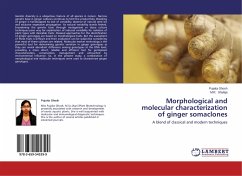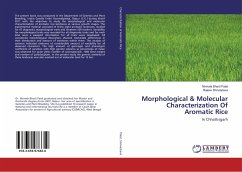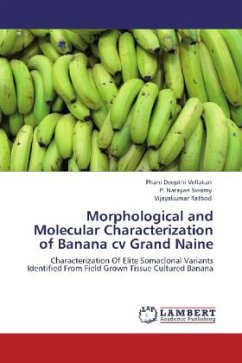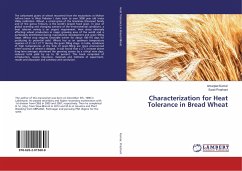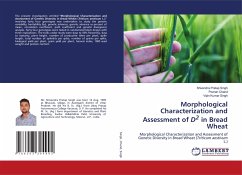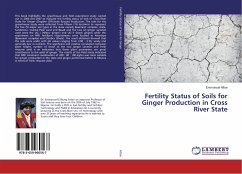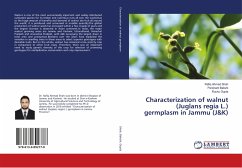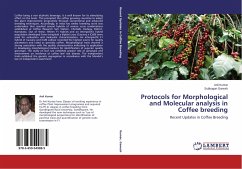Genetic diversity is a ubiquitous feature of all species in nature. Narrow genetic base in ginger cultivars continues to limit the productivity. Breeding of ginger is handicapped by lack of variability, absence of natural seed set and exclusive vegetative propagation. As natural variability stands limited, broadening the genetic base through mutagenesis or tissue culture techniques pave way for exploitation of induced variability for isolation of plant types with desirable traits. Classical approaches for the identification of ginger genotypes are based on morphological traits. But the assessment of these traits is difficult and their evaluation can be subjective considering that most of these cultivars are related. Molecular marker technology is the powerful tool for determining genetic variation in ginger genotypes as they can reveal abundant difference among genotypes at the DNA level, providing a more direct, reliable and efficient tool for germplasm characterization, conservation, management and untouched by environmental influence. So, in the present study, a combination of morphological and molecular techniques were used to characterize ginger genotypes.
Bitte wählen Sie Ihr Anliegen aus.
Rechnungen
Retourenschein anfordern
Bestellstatus
Storno

